Support us
As a charity we rely on your donations to fund our free exhibitions, school activities and online resources
Empowering medical excellence, shaping healthcare futures.
Alchemists believed that the codes and puzzles contained in these texts mapped out a way to transform base metals like tin and lead into gold.
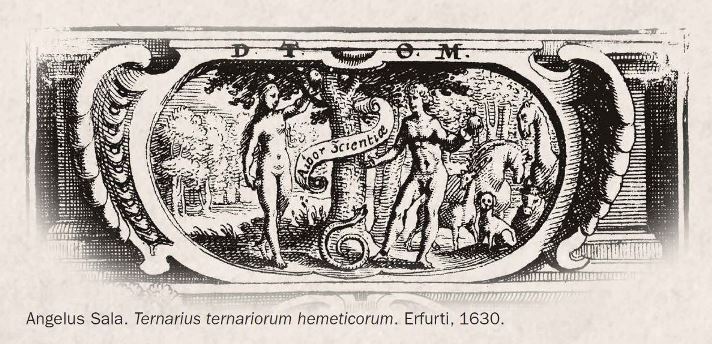
According to alchemical legend, the secret of the Philosophers’ Stone was divinely revealed to Adam and then taken from Eden into the world. Adam and Eve imagery was used to represent prima materia, the substance from which the universe was created and vital for producing the Philosophers’ Stone.
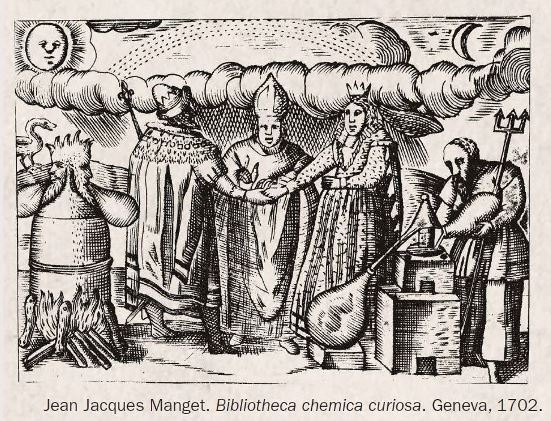
The sixth key of Basil Valentine shows the ‘Chemical Wedding’ of the King/Sun and the Queen/Moon. The Sun and Moon are major symbols in alchemy. They represent the two most precious metals, gold (Sun) and silver (Moon). They also represent sulphur and mercury and are often depicted as a couple bound together in marriage or as the Mother and Father of the Philosophers’ Stone.
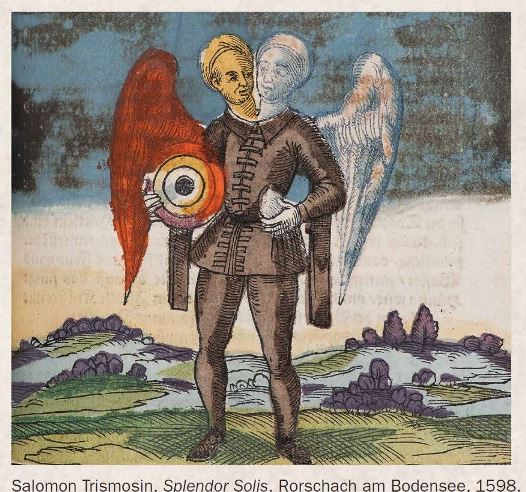
Rebis, who was intersex, is a product of the ‘Chemical Wedding’. This is a union of opposites: hot and dry sulphur and cold and moist mercury. The colour red represents the male and the colour white represents the female part of Rebis.
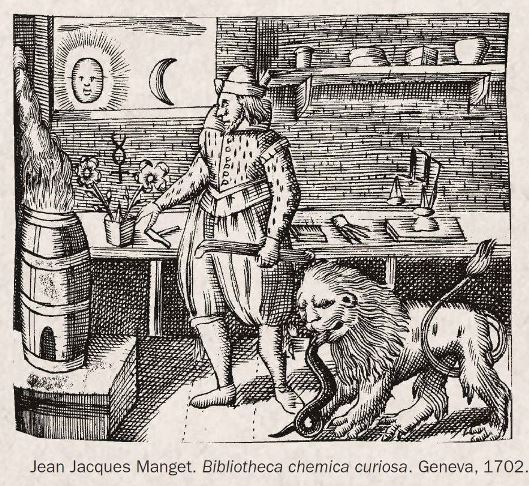
The Twelfth and final key of Basil Valentine contains flowers signifying the completion and ‘fermentation’ (mixing with real gold) of the Philosophers’ Stone. The ever-present Sun and the Moon can be seen outside the window.
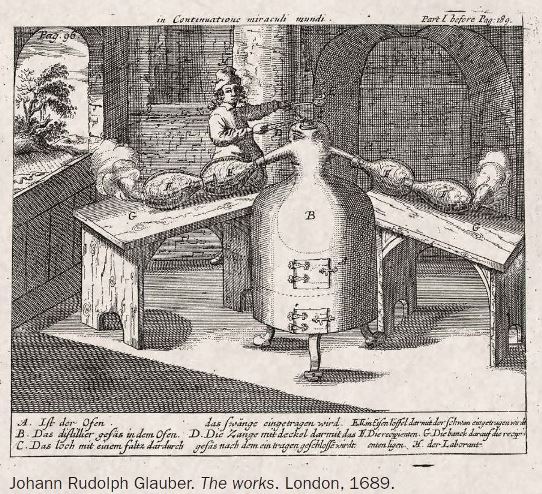
Glauber’s alchemical apparatus called ‘The Iron Man’ or ‘Fiery Man’. Glauber describes it first in alchemical (allegorical) terms and then follows this with a description in plain language, because, as he says ‘this enigma is a little too obscure for the unskilful’: ‘First, a Man is to be made of iron, having two noses on his head, and on his crown a mouth…’
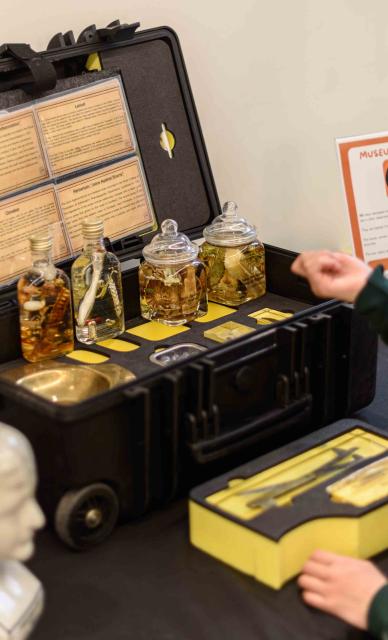
Support us
As a charity we rely on your donations to fund our free exhibitions, school activities and online resources